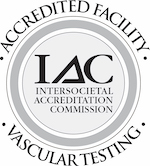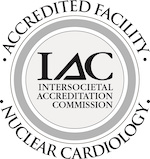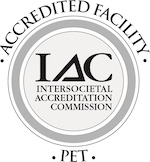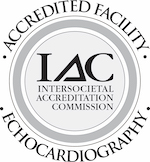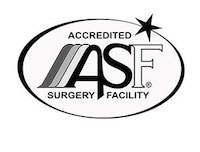The One-Two Punch of Potentially Curing Afib and Reducing Stroke Risk
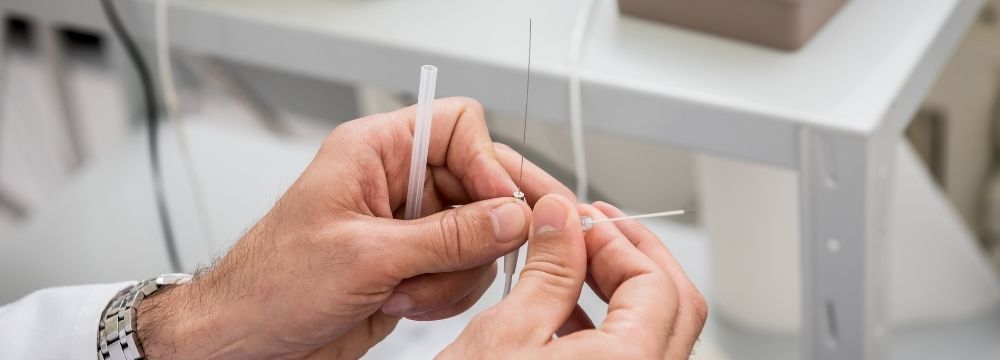
As we’ve discussed elsewhere on this website, atrial fibrillation or afib represents the most common cardiac arrhythmia in the United States and worldwide. This has genuinely become a national medical concern, with an estimated 5 million American adults suffering from the condition. However, you may also remember that it is not the irregular heartbeat itself that we’re most concerned about. Instead, this irregular heartbeat may cause blood to pool in the heart’s left atrial appendage. This increases the risk of stroke and heart attack by up to five times. You can learn more about stroke risk in Afib patients here.
While many patients begin their Afib treatment journey with antiarrhythmic and anticoagulant medication, those no longer finding the medication effective or who cannot tolerate the drugs have several potential curative options.
First, the patient may consider a cardiac catheter ablation. This involves threading a catheter up a vein to the heart originating from a small incision in the groin. Using a specially tipped catheter, your electrophysiologist can visualize the heart in three dimensions and see the electrical pathways, some of which may be malfunctioning. At this point, your electrophysiologist knows the source of the electrical malfunction. The catheter then deploys precise radiofrequency waves or call therapy to oblige or destroy the problematic heart tissue. This procedure resolves or significantly improves Afib in properly screened patients about 70 to 80% of the time.
What About That Stroke Risk?
The left atrial appendage or LAA is the primary cause of stroke risk in people with Afib and other arrhythmias. The LAA is a small outpouching from the heart, which serves no concrete purpose. However, blood can pool and clot when the heart does not pump efficiently. If one of these clots separated and traveled to the brain, patients may experience a debilitating stroke. For this risk, we use a device known as the Watchman. The device looks much like a parachute covering a metal lattice. The device is placed snugly over the opening of the LAA via a catheter. It completely seals off the LAA from the rest of the heart. The result is that any clots within the LAA are filtered – hopefully permanently.
While they are separate surgeries, some patients may receive cardiac catheter ablation and a Watchman during the same procedure.
Of course, our goal is to treat you at the earliest signs of an arrhythmia to help ensure the most treatment possibilities. We encourage you to contact our office to learn more about the diagnostic process and next steps if diagnosed with cardiac arrhythmia, especially Afib.

